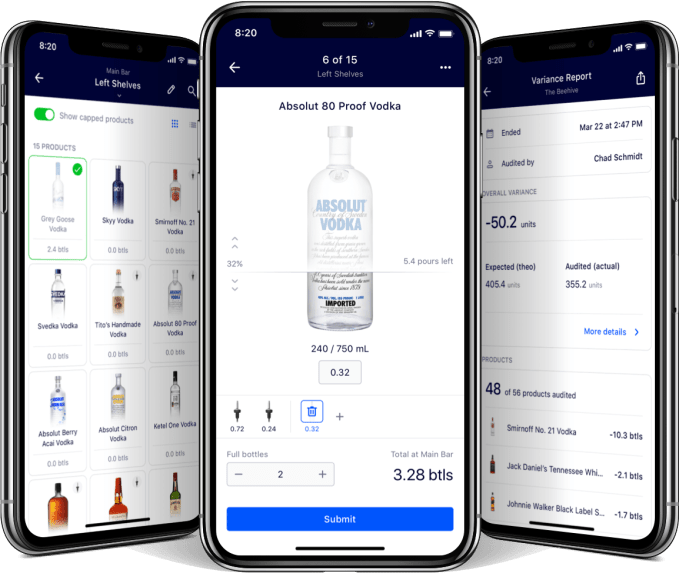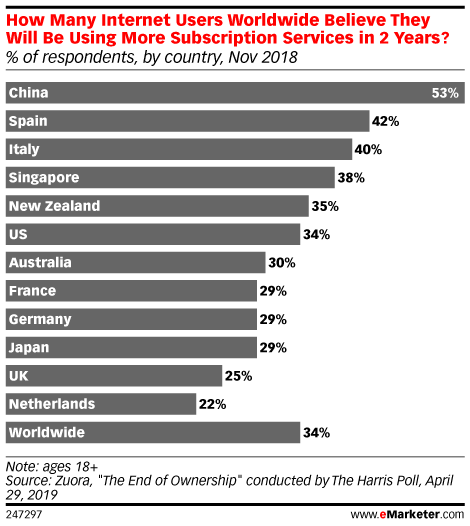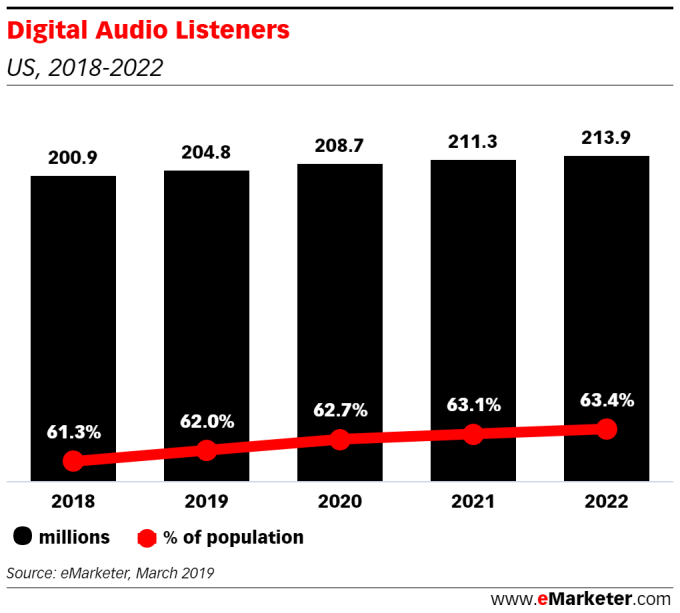We are witnessing the greatest paradigm shift in power since the advent of the venture capital industry. Since taking my first VC role in 2012, I’ve seen more change in the past year than all other years combined.
Six years after Ellen Pao’s landmark gender discrimination case against Kleiner Perkins Caufield & Byers, Mary Meeker announced her departure to start a new fund with three other KPCB investors. Arlan Hamilton from Backstage Capital graced the cover of Fast Company with the caption “Venture Catalyst.” AllRaise’s circulation of a growing list of job postings is regularly hitting the inboxes of female investment talent climbing the check-writing ranks. To quote Seth Godin, “When you put the right idea into the world, people can’t unsee it.”
What does it mean to have a seat at the table, and how many of us have needed to bring our own chairs rather than wait for someone to offer us one?
Here are a few reflections on what having a seat at the investors’ table means to me:
Representation is a competitive advantage.
Venture has operated in many ways like a club since its inception, where deals are shared within small, private circles, often comprised of people with more in common than not. When investment decisions are made by people who are not representative of our population — instead representative of the interests of a very small percentage of the population (in ethnicity, culture, education, and socioeconomic status) — our economy suffers. In other words, fewer wants and needs are addressed by the goods and services in the market, creating less economic prosperity as a whole.
According to the NVCA and Pitchbook, the total investment into venture-backed companies reached $57 billion in just the first half of 2018. To put this into context, $57 billion is more than 114 countries can claim in GDP. Given just how much money is invested — an increasing figure each year as more venture money appears from new participants — we should be concerned that just 9% of U.S. VCs are women despite comprising 50.8% of the U.S. population and driving 70-80% of all consumer purchasing.
#ANGELS and Carta exposed a staggering new statistic that just 9% of company equity is held by women, despite women comprising 33% of the founder and employee workforce.
The private and public markets are waking up to the realization that representation matters. A 2015 McKinsey study found that “companies in the top quartile for racial and ethnic diversity are 35 percent more likely to have financial returns above their respective national industry medians.” I’m in constant communication with a wide range of investors from established firms to new ones, and the feedback is overwhelmingly positive — having an investment team more representative of the population generates better deal flow. I have this conversation on a biweekly basis and know that the next generation of investors is watching to see what established VC firms are doing to remain competitive.
So, you ask, what’s next for venture capital?
Assimilation is a thing of the past.
I tried to blend in as much as possible when I first entered the venture world, not wanting to draw attention to the fact that I came from a very different background than the people I was interacting with. I didn’t know what ski week was, my parents didn’t belong to private clubs, and Ivy League schools were a distant concept. Yet, I found common ground with my new social circle because they were, in many respects, regular people with “access” broadly defined as the primary differentiator.
Fast forward to today, I see the greatest opportunity for those who are boldly unique. A seat at the table means I can be myself and draw upon my unique experiences to make decisions and support my portfolio companies in a way that only I can. Our industry thrives when contrarian views are developed over time and implemented without compromise. Conformity is the main villain when we decide to settle for the familiar, ultimately generating stagnant venture returns. After all, venture capital is, by definition, meant to be a high-risk asset class.
Safe environments matter. Full stop.
Having a seat at the table means I get to draw the line when male investors, entrepreneurs, and other industry voices choose to transgress or act inappropriately. I feel safe in assuming the male leadership I choose to invest in will have a lower probability of ruining their company due to issues with workplace culture and sexual abuse allegations.
As we witness one industry giant topple after another, spanning film and media, consumer brands, and investors, it has become increasingly apparent that poor judgment calls and mistreatment of talent will no longer be swept under the rug. I occasionally have meetings with entrepreneurs and fellow investors where you could say my “stranger danger” alarms are triggered by off-color comments and malapropos gestures. These are the instances where I will choose to avoid a situation or pass on a business opportunity that could, in time, become a ticking time bomb and, long-term, a poor investment.
There are no more rules.
A close friend in VC often states, “The new rule is: there are no rules.” This means new people arriving to the table, chair in hand, to direct investment decisions, whether top-down as a company builder or bottoms-up as a content creator and micro-influencer. No rules means new faces showing up as limited partners in VC funds, and new managers of VC funds sharing their own unique stories of building their less-conventional careers. No rules also means that VC firms are going to look, act, and feel different, throwing out convention in favor of creativity and inclusivity.
Build it and they will come.
Arlan Hamilton of Backstage Capital said it best during her 36|86 AMA in Nashville with The JumpFund: “We will make our own club!” I nearly fell out of my seat applauding, laughing, and cheering. My own interpretation of this statement has to do with the can-do energy that is showing up in venture. In 2018, we are no longer waiting for someone to save a seat for us at the table or invite us into the room at all. We are showing up with our own chairs, building new tables, and creating new spaces and environments that foster the exchanging of ideas and deal docs.
Early in 2018, I set out to learn more about the startup and venture capital landscape in my new home city of Nashville, Tennessee, and in the broader surrounding geography of the Southeastern U.S. I quickly found that the entrepreneurs and investors I met were surprised by me — a relatively young, half-Mexican, female face did not immediately trigger the words ‘venture’ and ‘capital’.
Questions followed, such as, “How did you end up in venture capital?” and statements like, “People must tell you all of the time that you don’t look like the typical VC.” A few minutes into the conversation and those questions and statements dissipate, though I knew there must be a broader local community sharing my interests and lack of conformity in physical appearance and style. So, I set out and launched ModernCapital to make the venture capital industry more accessible to new talent. Our team of 4 (3 venture fellows plus myself) is 100% female and 50% Latina. As we spend more time digging into the entrepreneurial landscape of our region, more entrepreneurs and future investors from a wide range of backgrounds are contacting us wanting to join the community we are building.
Considering just how much has changed in the dialogue around venture capital and where the greatest next investment opportunities will arise, I am confident this is only the beginning.








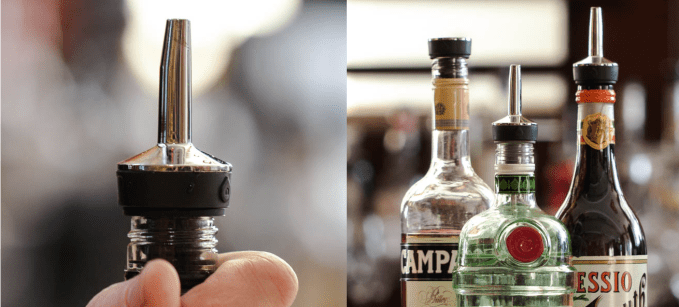
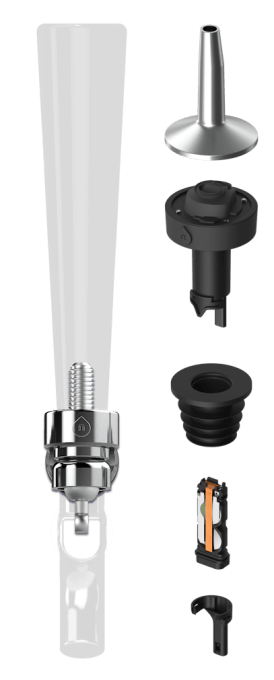 Typically at the end of a week or month, a bar manager will have staff painstakingly look at each bottle, try to guess what percent remains, and mark it on a clipboard to be loaded into a spreadsheet later. While a little quicker, that’s very subjective and in-accurate More advanced systems see every bottled weighed to see exactly how much is left. If they’re lucky, the scale connects to a computer, but they still have to punch in what brand of booze they’re sizing up. But the process can take many hours, which amounts to costly labor and infrequent data. None of these methods eliminate the manual measurement process or give real-time pour info.
Typically at the end of a week or month, a bar manager will have staff painstakingly look at each bottle, try to guess what percent remains, and mark it on a clipboard to be loaded into a spreadsheet later. While a little quicker, that’s very subjective and in-accurate More advanced systems see every bottled weighed to see exactly how much is left. If they’re lucky, the scale connects to a computer, but they still have to punch in what brand of booze they’re sizing up. But the process can take many hours, which amounts to costly labor and infrequent data. None of these methods eliminate the manual measurement process or give real-time pour info.